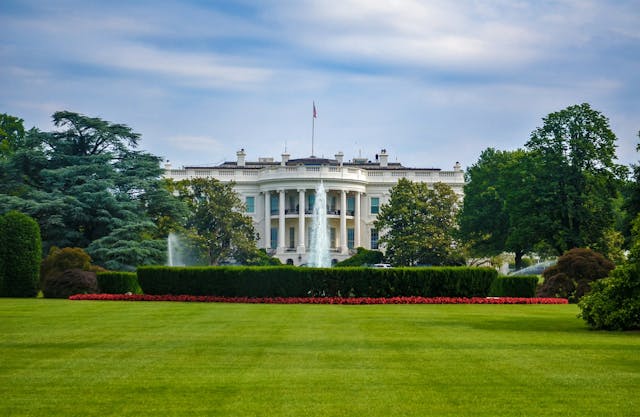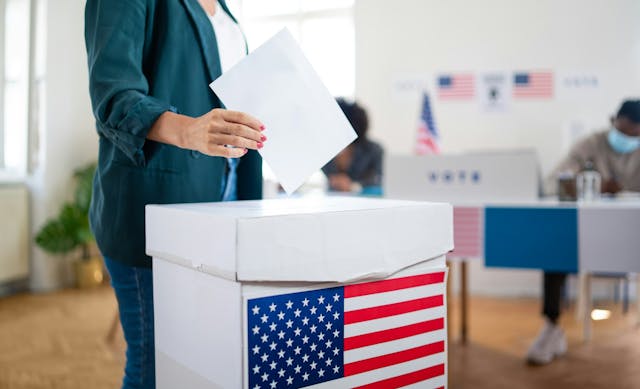Study: Majority Vote Doesn't Matter When Parties Pick Their Voters

A June 8 study published by the National Committee for an Effective Congress frames the effects of redistricting on congressional seats; namely, that the gerrymandering enacted in 2001 and 2011 have created large disparities between voters' intents and election results.
The NCEC study introduces a metric called the "seat-to-vote differential,"which calculates the difference in percentage between number of seats taken by the majority party and votes for that party.
For instance, in 1994, the majority party (Democrats) won 47.1% of seats with 46.9% of votes, with a seat-to-vote differential of about -.3. Using this measurement, the NCEC cites increasing fluctuations in the seat-to-vote differential as evidence of unfair redistricting practices: from 1994 through 2000, the differential fluctuates between .3 and .9, with one cycle (1996) at -2.6.
However, after the 2001 redistricting process, cycles from 2002-2010 range from -2.4 to 3.5. And the two cycles after 2011 redistricting, 2012 and 2014, score -4.5 and 3.8, respectively.
In short, the difference between the percentage of seats won has, in recent years, strayed further and further from the percentage of votes given to the majority party. According to the data, election results are increasingly failing to reflect the actual decisions of the American voter.
What's more, courts have yet to assert that there is anything illegal or unconstitutional about an incumbent protection scheme designed specifically to protect a party's majority. In many instances, the court has ruled that it cannot or won't tell state legislators how to draw electoral districts.
READ MORE": ‘Two Parties, One Winner’ Shouldn’t Override ‘One Person, One Vote’
Modern courts only tend to intervene when partisan gerrymandering may or may not be targeting demographics based on race, even though the Supreme Court established the legal precedent of "one person, one vote" in the 1964 case, Reynolds v. Sims.
The NCEC study shows that the role partisan gerrymandering has on disenfranchising voters continues to widen, protecting incumbents while keeping elections from being competitive. This creates an environment in which the interests of the voters are not reflected in state or federal legislatures.


